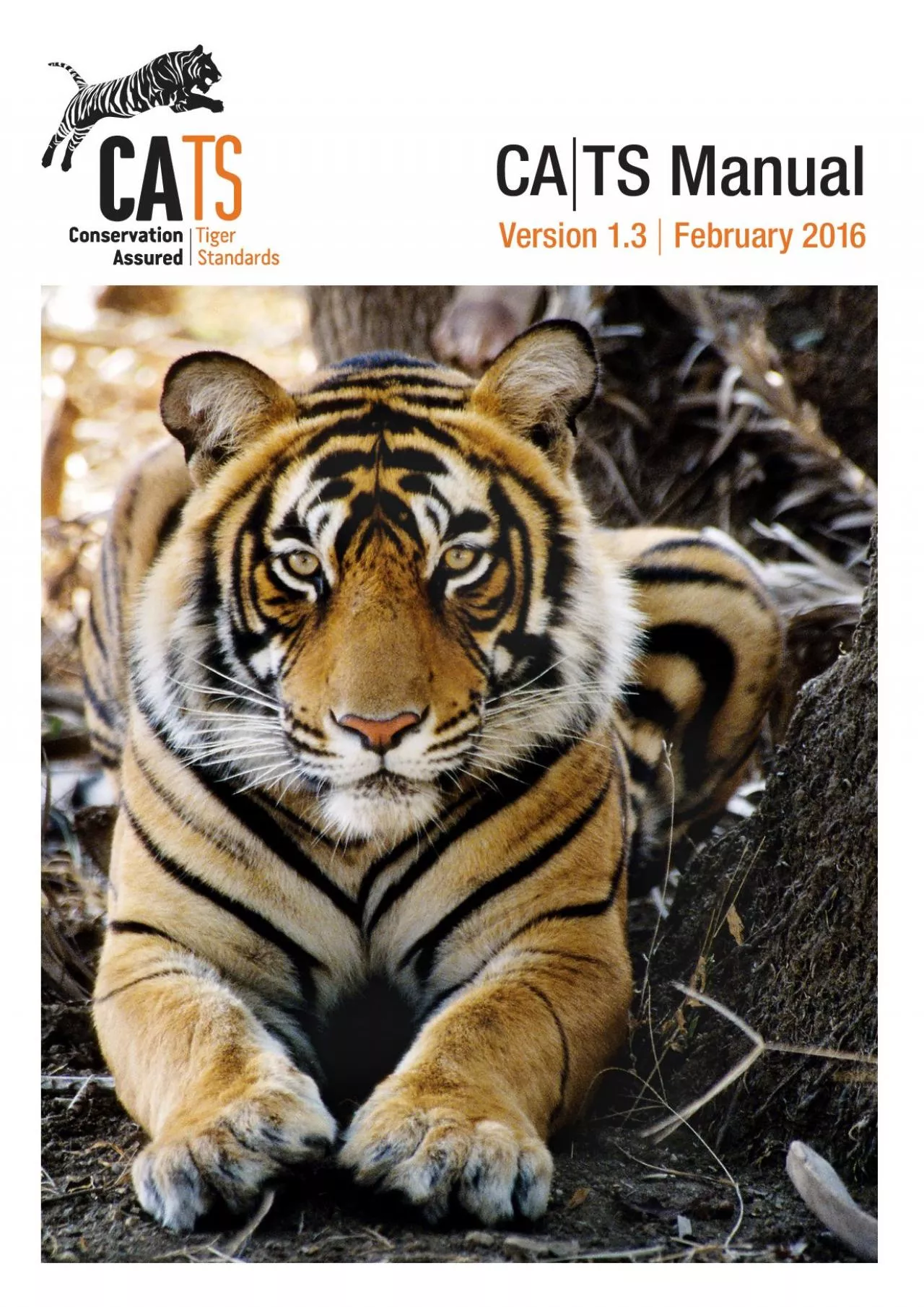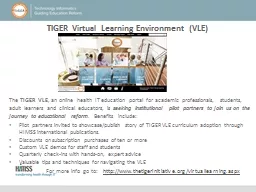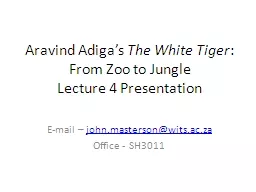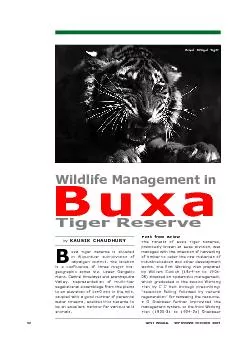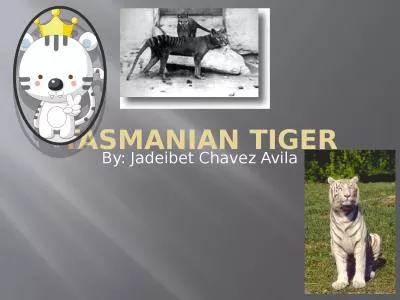PDF-Why do we need standards to secure tiger numbers
Author : paige | Published Date : 2022-08-20
Contents Summary Section 3CA TS goal and objectives4 How will CA TS work Section 5The CA TS Registration and Approval process Pillars Standards and Criteria Evidence
Presentation Embed Code
Download Presentation
Download Presentation The PPT/PDF document "Why do we need standards to secure tiger..." is the property of its rightful owner. Permission is granted to download and print the materials on this website for personal, non-commercial use only, and to display it on your personal computer provided you do not modify the materials and that you retain all copyright notices contained in the materials. By downloading content from our website, you accept the terms of this agreement.
Why do we need standards to secure tiger numbers: Transcript
Download Rules Of Document
"Why do we need standards to secure tiger numbers"The content belongs to its owner. You may download and print it for personal use, without modification, and keep all copyright notices. By downloading, you agree to these terms.
Related Documents

